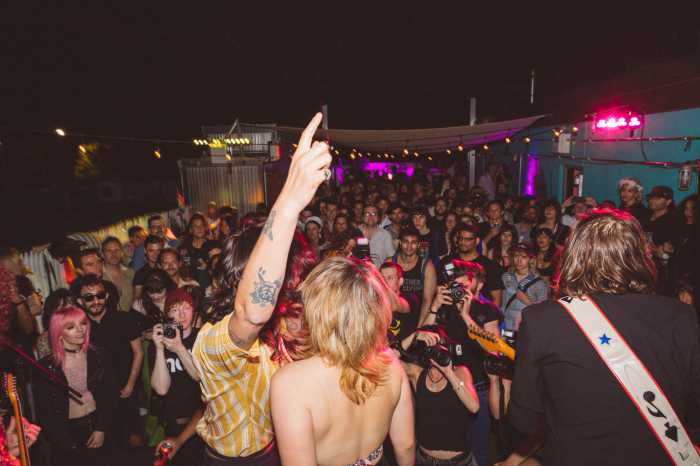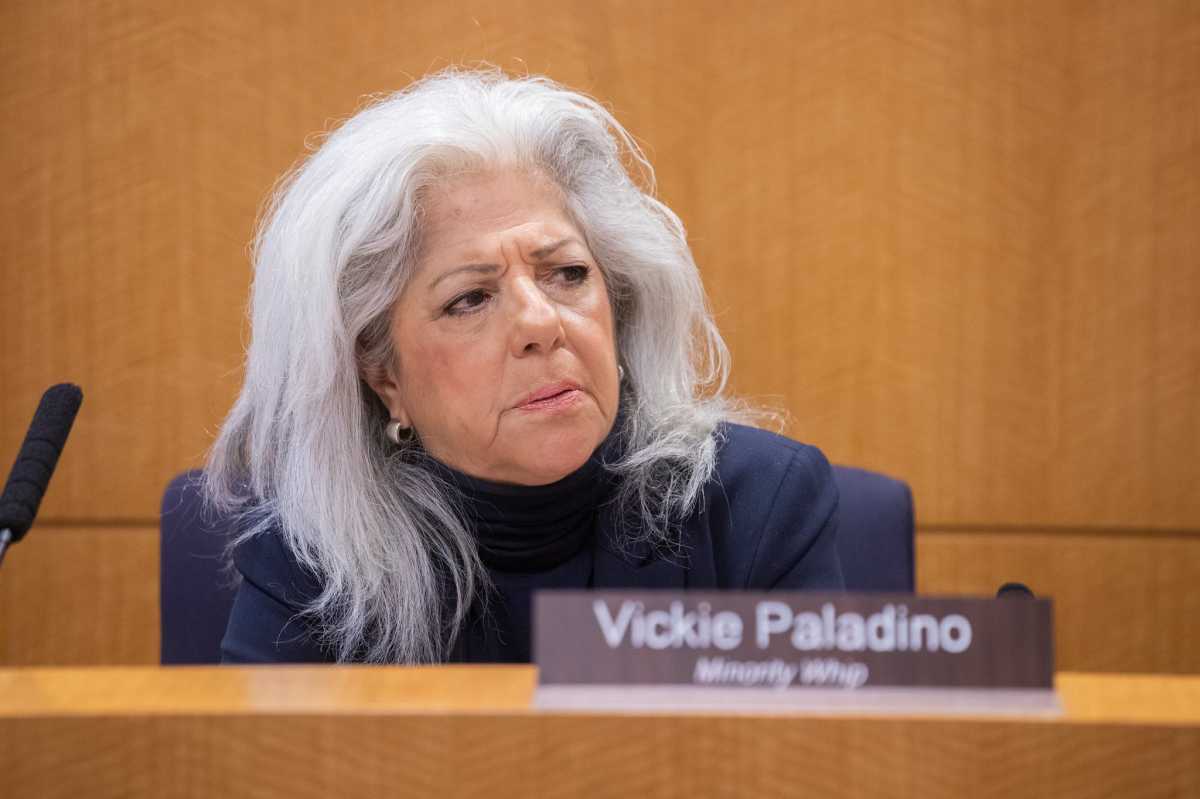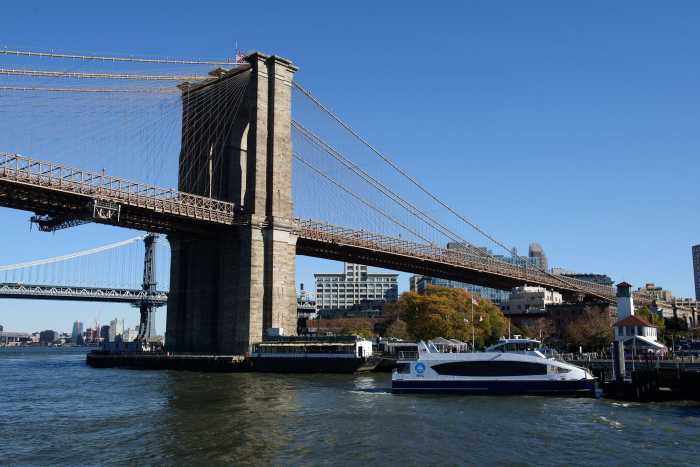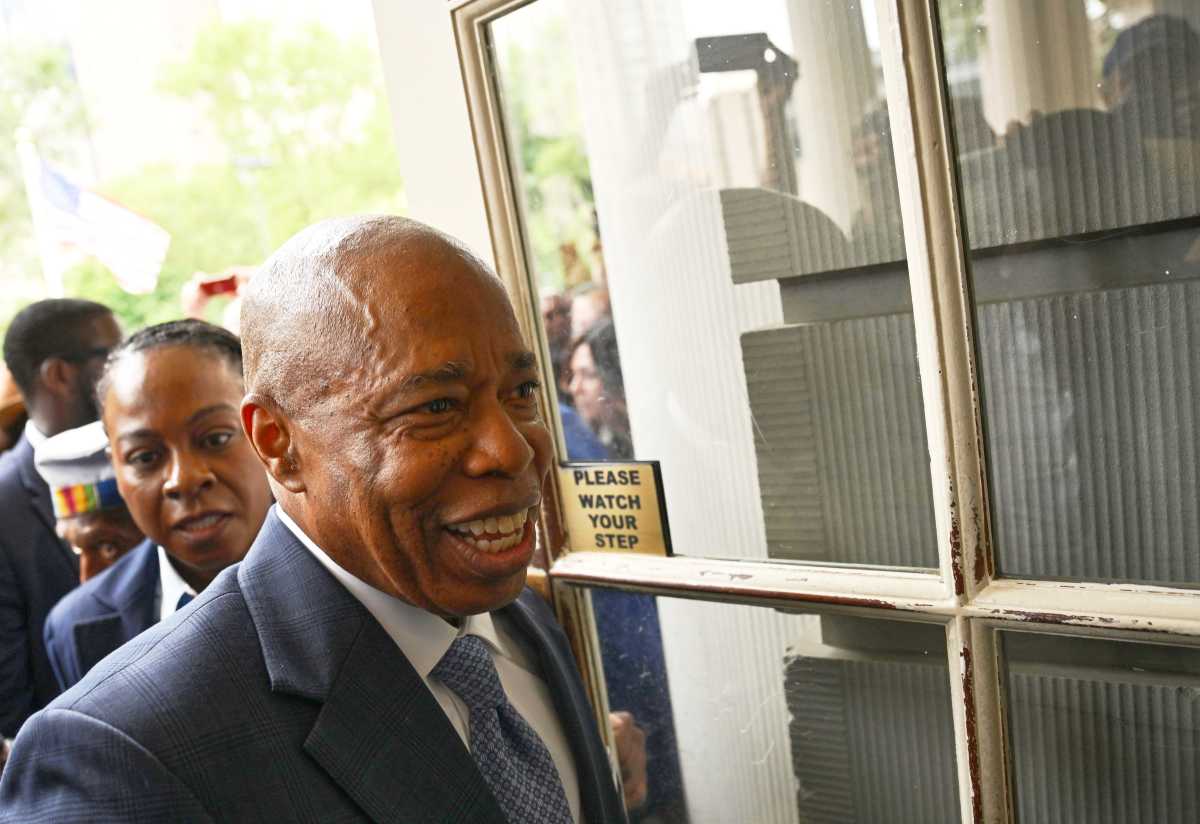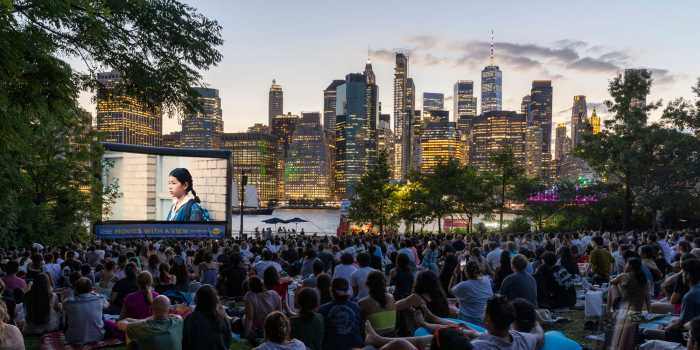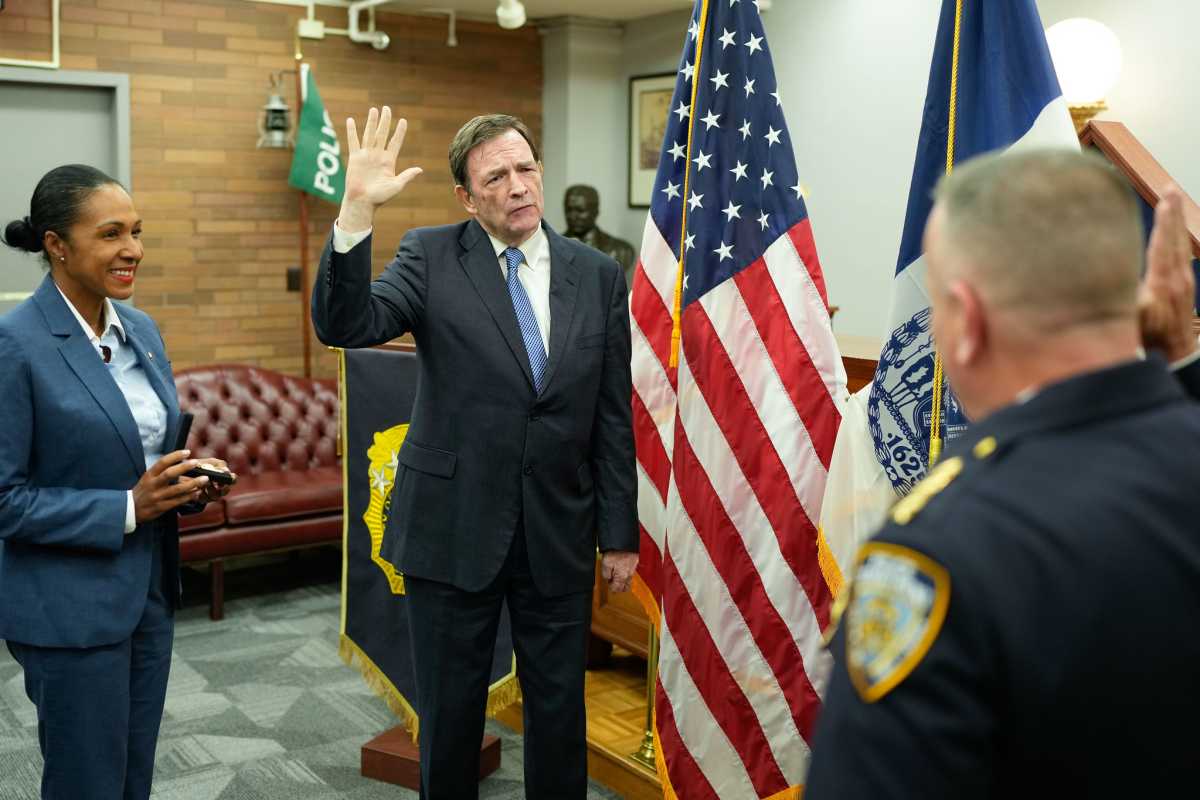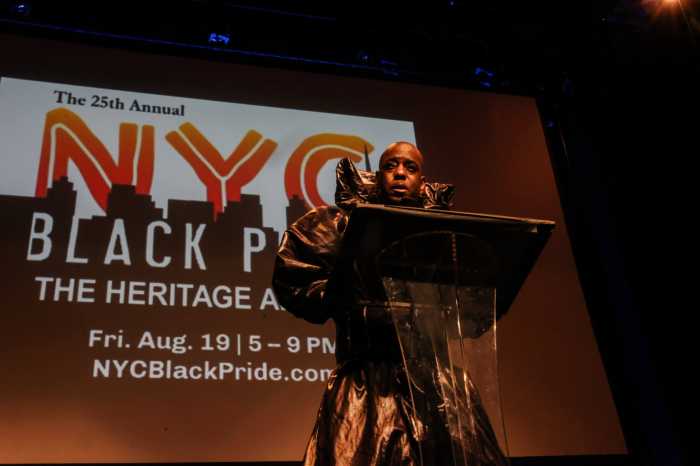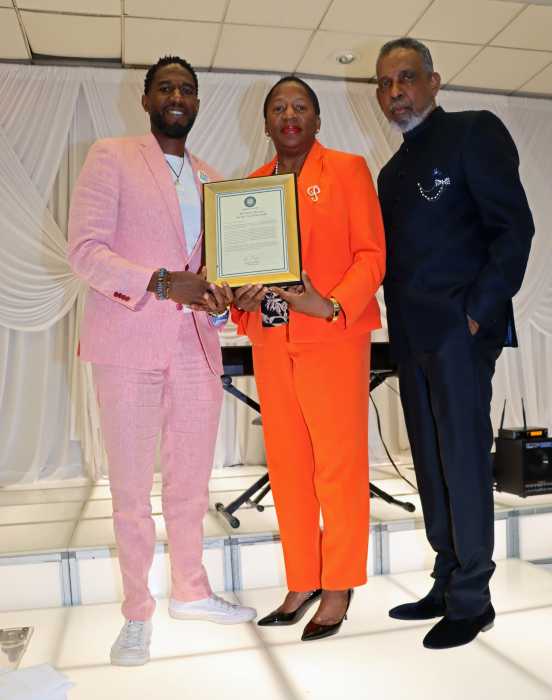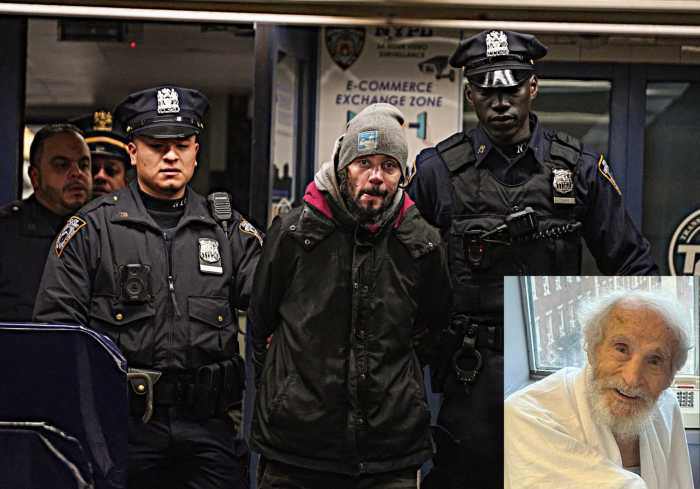Make it like Orlando, Florida. Make it like the Mall of America. Make it like it Used to Be.
All of the above scenarios for the redevelopment of Coney Island are being advocated to some degree and the effect is leaving stakeholders with enough frustration to fuel a moon shot.
“It’s all very confusing to me,” Community Board 13 District Manager Chuck Reichenthal told this newspaper. “It’s difficult right now. There are so many facets and a lot of people involved. None of us is aware of everything that’s going on.”
A few weeks ago, Coney Island USA’s Artistic Director Dick Zigun outlined his formula for a re-imagined Coney Island based on an Orlando theme park formula.
This week, Coney Island Development Corporation President Lynn Kelly reacted coolly to Zigun’s vision which would bring next generation virtual reality rides and high caliber adult entertainment to Coney Island for the price of a single admission ticket.
“He told me how much he loved Orlando,” Kelly said, expressing her reticence about charging people as much as $70 or more to experience the new Coney Island.
“Coney Island should stay the ‘People’s Playground,’” Kelly insisted. “Orlando is a successful financial model but it doesn’t have the Coney Island feel to me.”
According to Kelly, visitors to Coney Island should be able to enjoy the experience whether or not they “spend all the money in their pockets.”
Still, the city has been adamant about turning Coney Island into an enclosed year-round destination for tourists. Others maintain that Coney Island has always thrived as a seasonal resort and should remain that way.
The CIDC hopes to have its rezoning and redevelopment plan certified and ready for the required Uniformed Land Use Review Procedure [ULURP] by the end of the year, but that isn’t stopping people like Arthur Melnick of Coney Island United from trying to influence the project.
“It’s the same thing as Atlantic Yards,” he said. “It’s going along like it’s a reality, but it looks dead.”
By working in concert with other community groups like Coney Island CLEAR and Save Coney Island, Melnick believes that Coney Island United will be able to help shape a redevelopment project that benefits all of Coney Island.
“People keep telling me it’s the end of Coney Island,” Reichenthal added. “It definitely is not the end of Coney Island. People need to know that Coney Island is not disappearing. Things may take longer because they involve a lot of different elements, but no way is Coney Island vanishing.”
In the meantime, Reichenthal says that Community Board 13 committees have been trying hard to keep abreast of the redevelopment plan’s evolution.
“We’re waiting along with everyone else to see what material is presented,” Reichenthal said.


